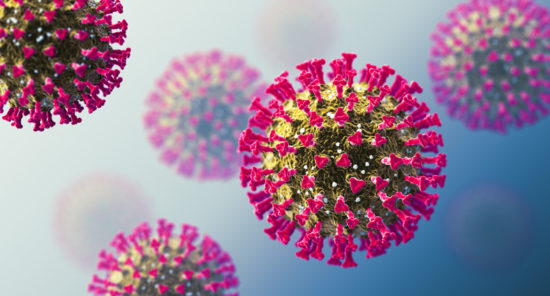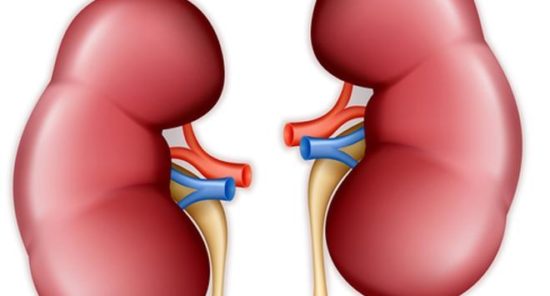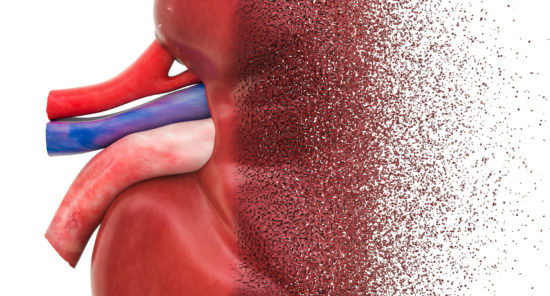Credit: Original article published here.While COVID-19 is recognized as a typical syndrome of acute respiratory illness, it can also affect multiple organ systems. Acute kidney injury (AKI) has been associated with both direct and indirect responses to infection with COVID-19; available evidence suggests that AKI related to COVID-19 is seen in more than 20% of hospitalized patients and more than half of patients admitted to the intensive care unit. Neha Jain, MD, and colleagues at Highland Hospital, Alameda Health System, Oakland, California, performed a retrospective chart review to examine the incidence of AKI, risk factors, and outcomes in patients with COVID-19 at their center. Results were reported during a poster session at the National Kidney Foundation Spring Clinical Meetings 2023 in a poster titled COVID-19-Related Acute Kidney Injury: Incidence, Risk Factors, and Outcomes in a County Hospital Cohort. The review included charts for all patients older than 18 years of age who were admitted to the center with a positive COVID-19 test between April 2020 and March 2021. Relevant clinical data were collected from electronic health records and then statistically analyzed. AKI was defined as an increase in serum creatinine ≥0.3 mg/dL from baseline during the hospitalization. The primary outcome
Credit: Original article published here.According to Y. Diana Kwong, MD, and colleagues, there are few data available on the symptom burden and quality of life among patients with acute kidney injury treated with intermittent hemodialysis (AKI-D). The researchers conducted a prospective cohort study within a clinical trial (NCT04218370) comparing different hemodialysis schedules in patients with AKI-D. Results were reported during a poster session at the National Kidney Foundation Spring Clinical Meetings 2023. The poster was titled Understanding Symptoms and Quality of Life of Patients With AKI-D. Participants in the trial were from two large university health systems. They were asked to complete the dialysis symptom index (DSI) and to rate their overall health and quality of life in the past week on a scale of 1 (very poor) to 7 (excellent) at three time points. The cohort included 95 participants; of those, 64 completed the survey at study entry point. Six of the 95 declined to participate and 24 had altered mental status, leading to incompletion of the survey. Twenty-eight of the 64 initial study participants were followed to day 90. Loss to follow-up was related most commonly to an inability to contact the patient (n=10) and death (n=6). Of
Credit: Original article published here.Patients admitted to the hospital for pneumonia commonly develop acute kidney injury (AKI). Those who progress to AKI requiring dialysis (AKI-D) face increased risk for adverse outcomes. However, according to Sae X. Morita, MD, and colleagues, there are few data available on the risk factors for AKI-D in patients admitted with pneumonia and chronic kidney disease (CKD). The researchers conducted an analysis of data from the National Inpatient Sample for 2019 to examine the incidence of AKI-D among patients with CKD hospitalized for pneumonia. Results were reported during a poster session at the National Kidney Foundation Spring Clinical Meetings 2023 in a poster titled Risk Factors for Acute Kidney Injury (AKI) Requiring Dialysis in Patients With and Without Chronic Kidney Disease (CKD) During an Admission for Pneumonia Using a Nationally Representative Sample. The outcome of interest was AKI-D. Transplant recipients and those receiving maintenance dialysis were excluded. The analysis compared baseline characteristics in the CKD and non-CKD groups. Risk factors for AKI-D were determined using multiple logistic regression in separate models. The database identified 1,459,854 admissions with a primary diagnosis of pneumonia. Of those, 20% were in patients with CKD. Patients with CKD were older (75.9




